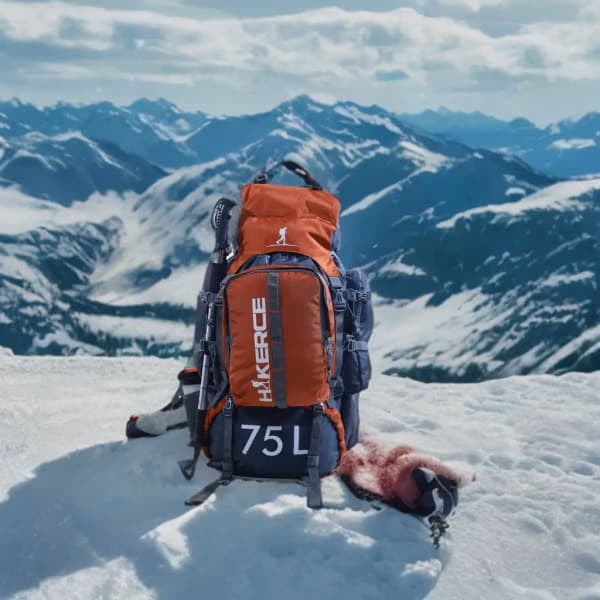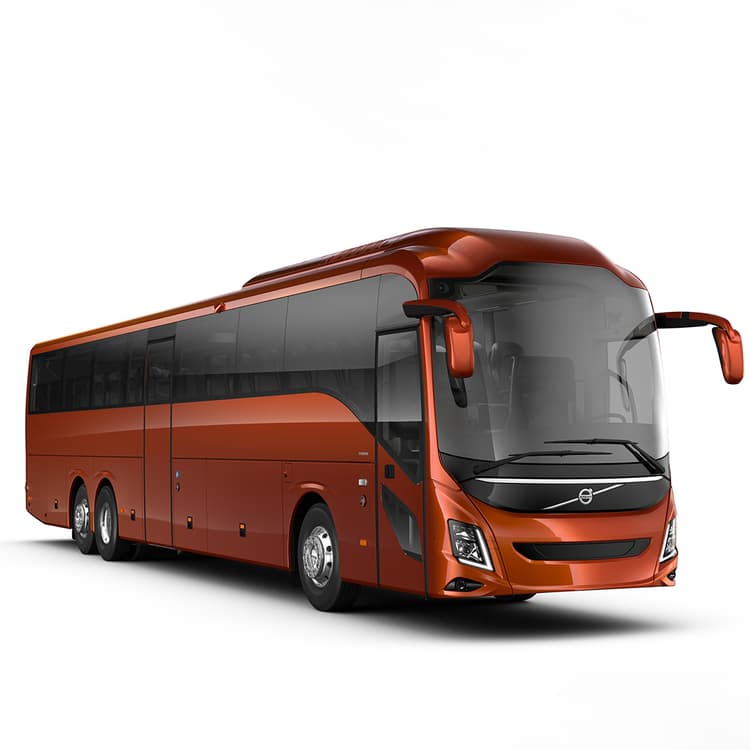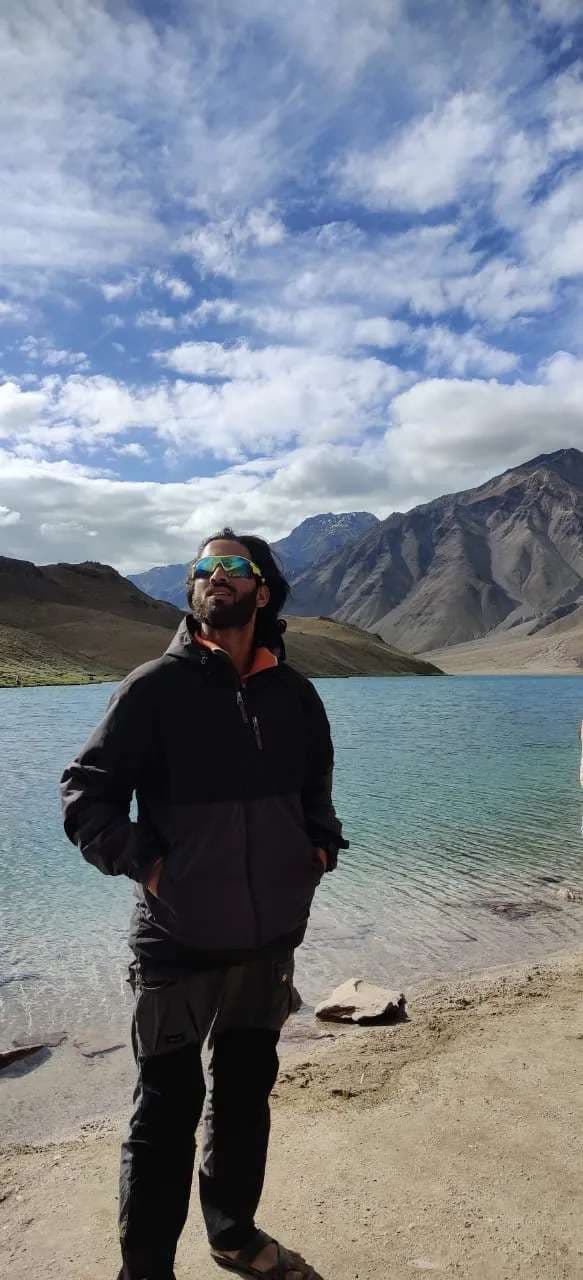Nestled in the supernatural mountain ranges of the Garhwal region in Uttarakhand, the Black Peak, also revered as "Kala Nag" by locals, stands as a monumental challenge for avid mountaineers. The mountain's distinct cobra-hood-like appearance and dark shadow cast its mystique across the Saraswati mountain range, which includes other notable peaks such as Saraswati Devi Parvat and Hanuman Parvat. Starting from Sankri, the Black Peak Expedition ascends to a staggering 6,387 m (20,960 feet), traversing through the enchanting Ruinsara Tal and entering a realm of sprawling glaciers and iconic snow ranges like Bandarpoonch and Swargarohini. This journey culminates on the tenth day at Black Peak within the bounds of Govind National Park, a site first conquered by Jack Gibson in 1955.
Designed for the experienced trekker, this expedition offers a thrilling and adventurous trek across rugged, rocky, and deserted paths. The journey involves navigating curvy routes with inclines ranging from 60 to 75 degrees, over rivers, and at dizzying heights of over 2000 feet. With no villages or farms post-Ruinsara Tal, trekkers rely entirely on their guides, making it an actual test of endurance and thrill for adventure seekers.
Best Time for Black Peak Expedition
The optimal seasons to plan your Black Peak Expedition are April to June and September to November. These periods are marked by stable weather conditions, making them ideal for climbing:
April to June:
This spring window provides longer days and milder temperatures, perfect for climbing as the mountain still holds some snow, offering manageable conditions and a spectacular view of the region's alpine flora.
September to November:
Post-monsoon, the weather stabilizes, offering clear, crisp days with lower avalanche risks and reduced snowfall, making autumn a preferred time for this high-altitude trek.
Difficulty Level of Black Peak Expedition
The Black Peak Expedition, with its challenging terrain and towering elevation of 20,960 feet, offers a technically demanding climb that only the most experienced mountaineers should undertake. The ascent of Black Peak involves navigating steep, icy slopes, rocky ridges, and deeply crevassed sections. This demanding journey requires climbers to possess advanced mountaineering skills, such as proficiency in ice and rock climbing techniques, crevasse rescue, and operating under high-altitude conditions. The weather at Black Peak is highly unpredictable, characterized by sudden storms, high winds, and extreme cold, which significantly add to the expedition's complexity. The remoteness and the lack of infrastructure in the region further escalate the difficulty, necessitating a high level of self-sufficiency and thorough preparation from all participants. Overall, the Black Peak Expedition demands exceptional physical fitness, technical expertise, and mental resilience, making it a prime target for seasoned climbers seeking a true Himalayan adventure.
How to Prepare for the Black Peak Expedition
Embarking on an expedition to Black Peak (Kalanag) in the Indian Himalayas is an endeavour that demands meticulous preparation, rigorous training, and comprehensive logistical planning. Here's your essential guide to gearing up for this formidable climb:
Physical Fitness: Strengthen your cardiovascular endurance, muscle strength, and stamina with activities like running, hiking, and cycling. Core and upper-body strength are crucial for climbing and managing gear at high altitudes, while robust leg strength supports steep ascents.
Altitude Acclimatization: To prevent altitude sickness, acclimatization involves spending time at higher elevations before climbing. Gradually ascend, incorporating rest days, to let your body adjust to the altitude, enhancing your performance and safety during the Black Peak Expedition.
Technical Skills: Sharpen your mountaineering skills—ice climbing, rock climbing, ropework, and crevasse rescue are essential. Engage in mountaineering courses to refine these skills, ensuring you're well-prepared for the technical challenges of Black Peak.
Gear and Equipment: Invest in high-quality mountaineering gear, including insulated clothing, specialized boots, harnesses, helmets, ice axes, crampons, and a reliable backpack. Familiarize yourself with your equipment to ensure functionality during the climb.
Expedition Planning: Work with seasoned guides or reputable expedition companies familiar with Himalayan climbs. Plan your route, schedule, and all logistical aspects meticulously, including transportation, permits, and accommodations, to ensure a smooth Black Peak Expedition experience.
Nutrition and Hydration: Formulate a diet rich in calories and carbohydrates to sustain energy levels. Maintain hydration to combat altitude effects and carry a water purification system in remote areas.
Mental Preparation: Mental toughness is as crucial as physical readiness. Cultivate a resilient mindset, prepare for challenging conditions, and employ stress management techniques to enhance your psychological preparedness for the expedition.
Emergency Preparedness: Know how to administer first aid for altitude illnesses and injuries. Establish a comprehensive emergency strategy, including communication and evacuation protocols, to enhance safety during the Black Peak Expedition.
Weather Monitoring: Continuously track weather conditions and adjust your plans as needed. The unpredictable Himalayan weather requires flexibility and preparedness to ensure safety.
Safety Factors for Black Peak Expedition
Ensuring safety on the Black Peak Expedition is paramount:
Comprehensive Planning: Research your route, weather conditions, and potential challenges. Adequate preparation mitigates risks significantly.
Experienced Guidance: An experienced guide or expedition leader is vital for safe route navigation, weather assessments, and managing emergencies effectively.
Physical Preparedness: Adequate fitness and familiarity with high-altitude mountaineering techniques are essential to tackle the challenges posed by Black Peak.
Communication Tools: Equip your team with reliable communication devices, such as satellite phones or radios, which are crucial for emergency contact and coordination.
Emergency Protocols: Have a detailed emergency plan, including injury management, evacuation routes, and rescue operations, to address any unforeseen situations during the Black Peak Expedition.






















